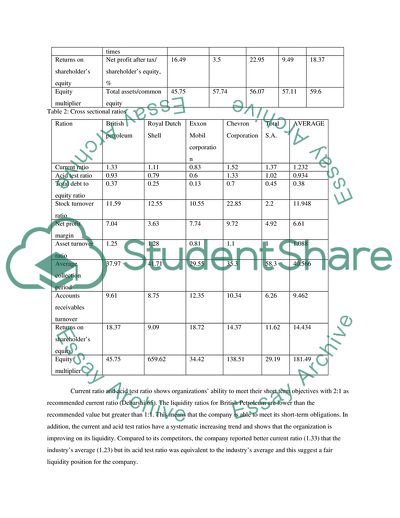Cite this document
(Financial ratios, common size income statements and DuPont system Coursework, n.d.)
Financial ratios, common size income statements and DuPont system Coursework. https://studentshare.org/finance-accounting/1850388-financial-ratios-common-size-income-statements-and-dupont-system
Financial ratios, common size income statements and DuPont system Coursework. https://studentshare.org/finance-accounting/1850388-financial-ratios-common-size-income-statements-and-dupont-system
(Financial Ratios, Common Size Income Statements and DuPont System Coursework)
Financial Ratios, Common Size Income Statements and DuPont System Coursework. https://studentshare.org/finance-accounting/1850388-financial-ratios-common-size-income-statements-and-dupont-system.
Financial Ratios, Common Size Income Statements and DuPont System Coursework. https://studentshare.org/finance-accounting/1850388-financial-ratios-common-size-income-statements-and-dupont-system.
“Financial Ratios, Common Size Income Statements and DuPont System Coursework”. https://studentshare.org/finance-accounting/1850388-financial-ratios-common-size-income-statements-and-dupont-system.


